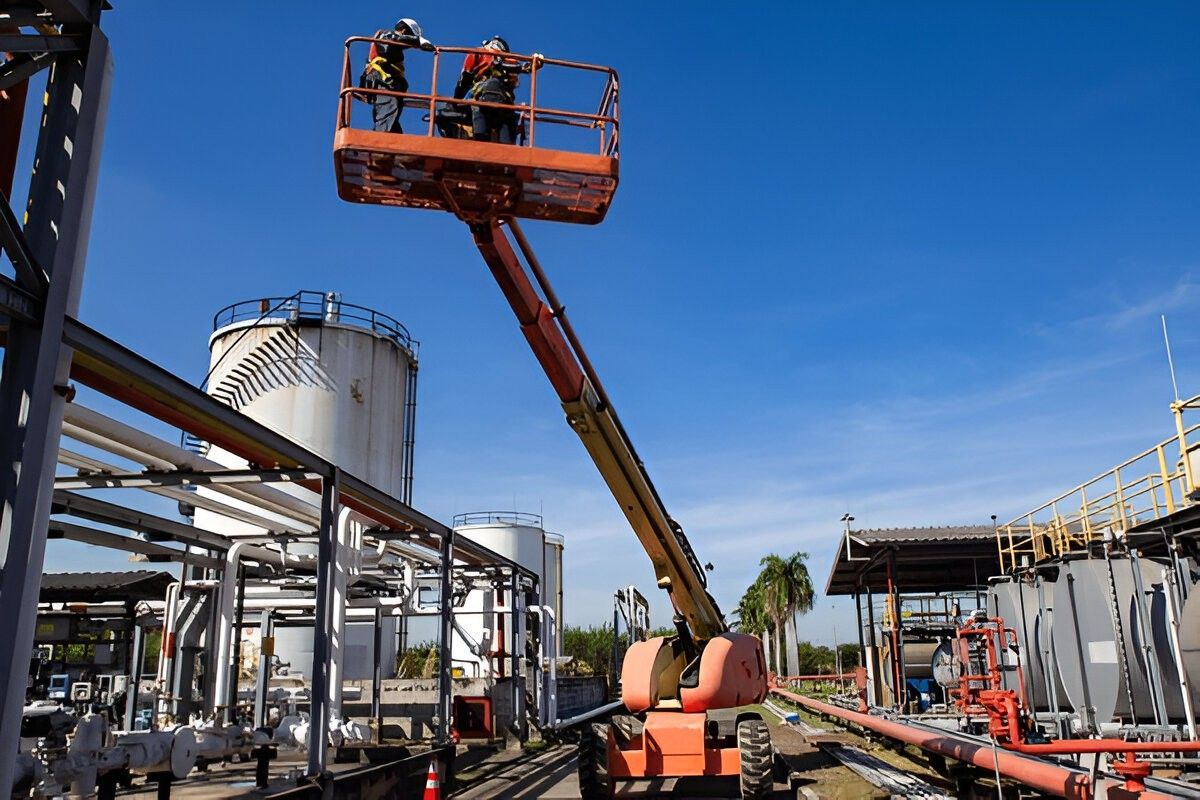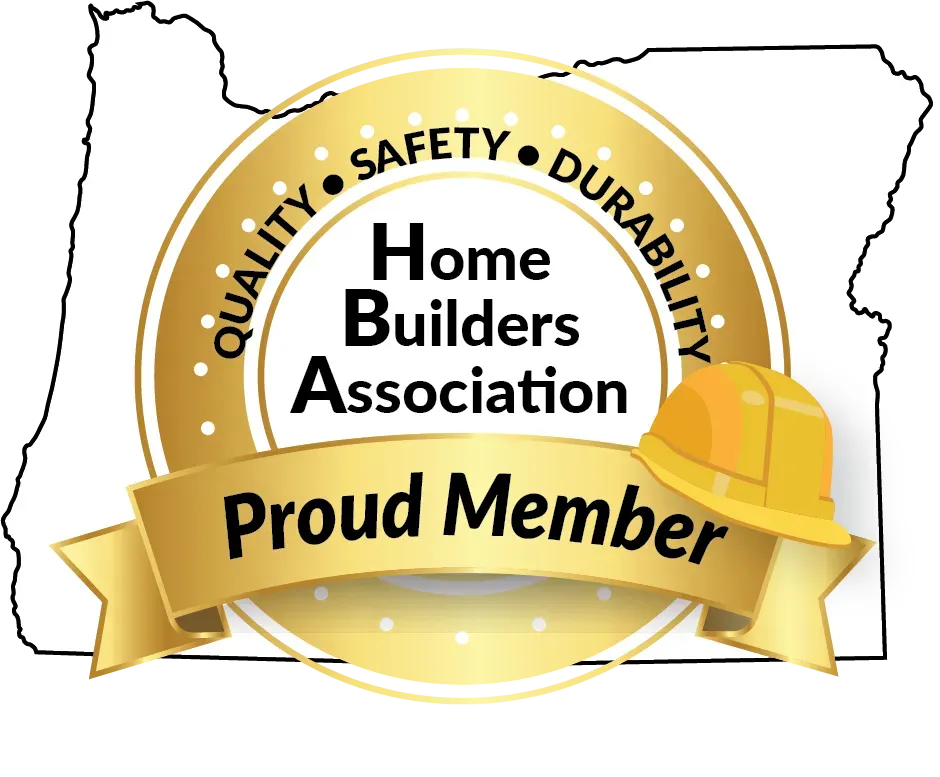Lockout/Tagout Training: Your First Defense Against Workplace Accidents
When it comes to ensuring workplace safety, particularly in industries involving machinery and hazardous energy, understanding what does Lockout/Tagout mean is crucial. Lockout/Tagout (LOTO) procedures are designed to prevent injuries and fatalities that occur when employees are servicing or maintaining equipment. Proper training in these procedures ensures that workers can effectively control hazardous energy during maintenance tasks, ultimately safeguarding their health and well-being. Lockout/Tagout training is not just a regulatory requirement; it’s a critical defense strategy for preventing accidents and injuries.
Understanding Lockout/Tagout: The Basics
At its core, Lockout/Tagout refers to the process of locking out or tagging energy sources of machines or equipment to prevent accidental release of hazardous energy during maintenance or repair work. This involves using physical locks and tags to indicate that machinery should not be operated until maintenance is completed and energy sources are safely controlled. Employees who handle machinery must be well-versed in these procedures, ensuring they follow the correct steps when interacting with equipment.
The Importance of Lockout/Tagout Training in Preventing Workplace Accidents
Lockout/Tagout training plays a vital role in reducing the risks associated with hazardous energy. According to OSHA’s Control of Hazardous Energy standard, many workplace injuries and fatalities happen due to the failure to properly implement LOTO practices. Employees who are trained in these procedures are far less likely to make mistakes, such as unintentionally starting up machinery during maintenance. Training provides workers with essential knowledge, including identifying energy sources, selecting proper locking and tagging methods, and ensuring safety when working with machines.
Certification: Empowering Employees to Ensure Safety
Completing a Lockout/Tagout course provides employees with certification that validates their competence in LOTO procedures. This certification is crucial, not just for compliance, but for building a culture of safety within the workplace. Employees who hold a Lockout/Tagout certification understand the importance of following safety protocols and how to recognize and control potential hazards, making them an invaluable asset in preventing injuries. With a strong foundation in LOTO practices, workers contribute to maintaining a safe and accident-free environment, ensuring their own safety and that of their colleagues.
Best Practices for Implementing Lockout/Tagout Procedures
Effective Lockout/Tagout implementation requires a clear set of guidelines and procedures. These best practices include proper machine identification, appropriate use of lockout devices, clear labeling and tagging, and regular training sessions. A well-structured LOTO program involves not only hands-on training but also periodic evaluations to ensure workers’ skills and knowledge remain up-to-date. Employers must also ensure that employees are well-equipped with necessary tools, including locks, tags, and other devices, to perform tasks efficiently and safely. By adhering to these best practices, businesses can significantly reduce the risk of workplace accidents.
Which Employees Must Receive Lockout/Tagout-Related Training?
While it may seem like only maintenance workers need Lockout/Tagout training, which employees must receive lockout/tagout-related training extends to all employees who work with or around potentially hazardous machinery. This includes operators, supervisors, maintenance personnel, and even contractors who may be exposed to hazardous energy. In addition, those in managerial or safety roles should be trained to oversee the program’s effectiveness and ensure compliance with safety standards. Comprehensive training for everyone ensures that all employees understand the importance of LOTO and contribute to a safer work environment.
Final Touch:
At KARM Safety Solutions, we understand the importance of creating a culture of safety in every workplace. We specialize in providing expert Lockout/Tagout training tailored to your business's unique needs. Our OSHA-compliant training programs are designed to equip your employees with the skills necessary to work safely and confidently around hazardous energy sources. With our certification programs, your team will be well-prepared to implement LOTO procedures effectively, ensuring both their safety and the safety of your entire organization. Let KARM Safety Solutions be your trusted partner in making safety a priority.













